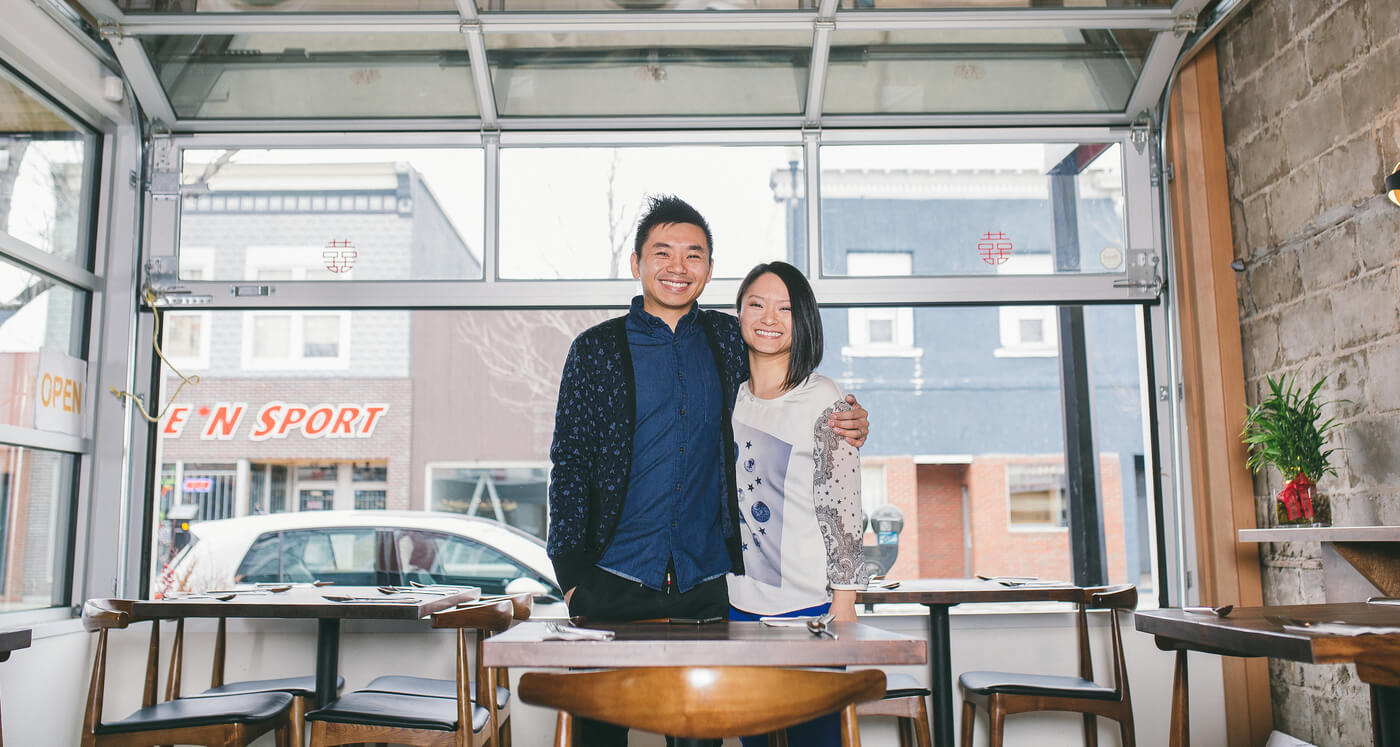In 1996, a 15-year-old Andy Yuen and his parents stepped off a plane from Hong Kong to meet their relatives. The family was en route to Wynyard, Saskatchewan – population: less than 2,000 – to help run Andy’s uncle’s Chinese restaurant.
They persisted, grew, branched out and moved to the regional city of Saskatoon. Odd Couple, an Asian fusion diner born of engineer Andy’s drive to do Canadian-Chinese in a contemporary style, exemplifies Saskatoon’s growing reputation as a culturally diverse food hub.
Andy’s path to success wasn’t easy. Like many immigrants, he was a cartographer mapping an unknown land. He integrated into the community finding his bearings in life and business while trying to live up to his parents’ lofty expectations. Now, at Odd Couple, Andy is the boss, and his parents work in the kitchen he and his father argued over before they opened their doors in 2014.
We sat down with Andy Yuen to hear his story: from saying goodbye to his first love in Hong Kong to owning a favourite restaurant in one of Canada’s surprise culinary destinations.

Where are your family’s business roots?
My family comes from Hong Kong. They had a business operating plastic factories, and many of their clients were from the United States. However, after Tiananmen Square in 1989, their overseas clients stopped ordering for about two years. The business stalled, and life became difficult.
Around the same time, my parents were becoming concerned about my education. I was kicked out of my high school in grade nine and forced to transfer to a less prominent one. I was at risk of not being able to attend University or at least not be able to study the course I wanted to.
In the late 1970s, my uncle Leo moved to a place I’d never heard of: Saskatchewan, Canada. He was running a restaurant there, and the business was doing well. So, my parents hatched a plan to emigrate a few years later. We would all work with Leo in his restaurant, which would allow his mother and father (my grandparents), who had moved there with him, to retire.
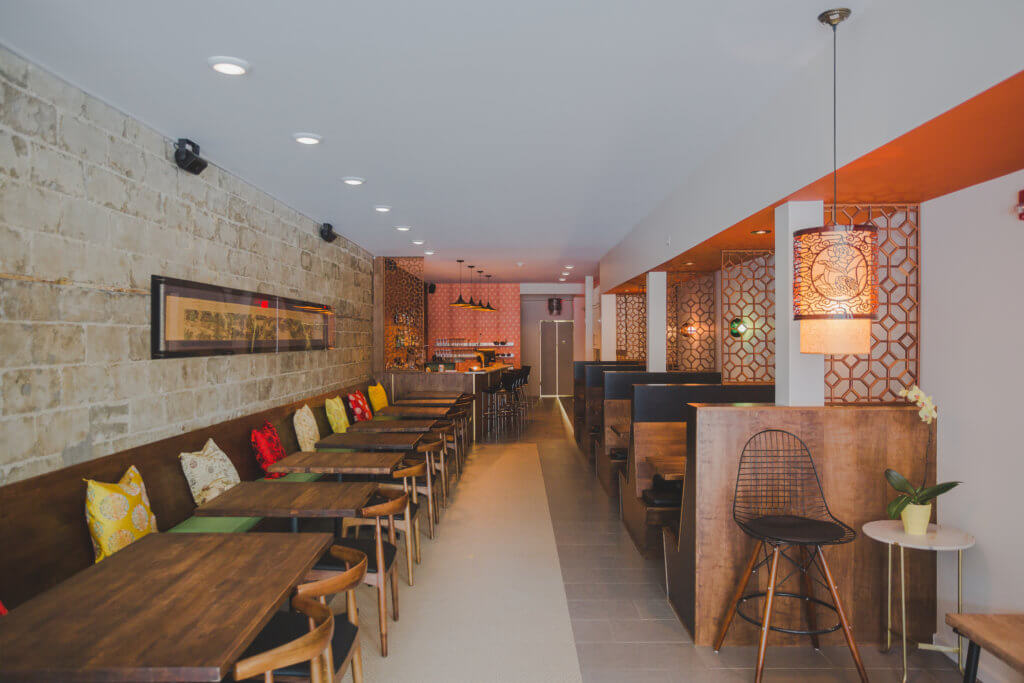
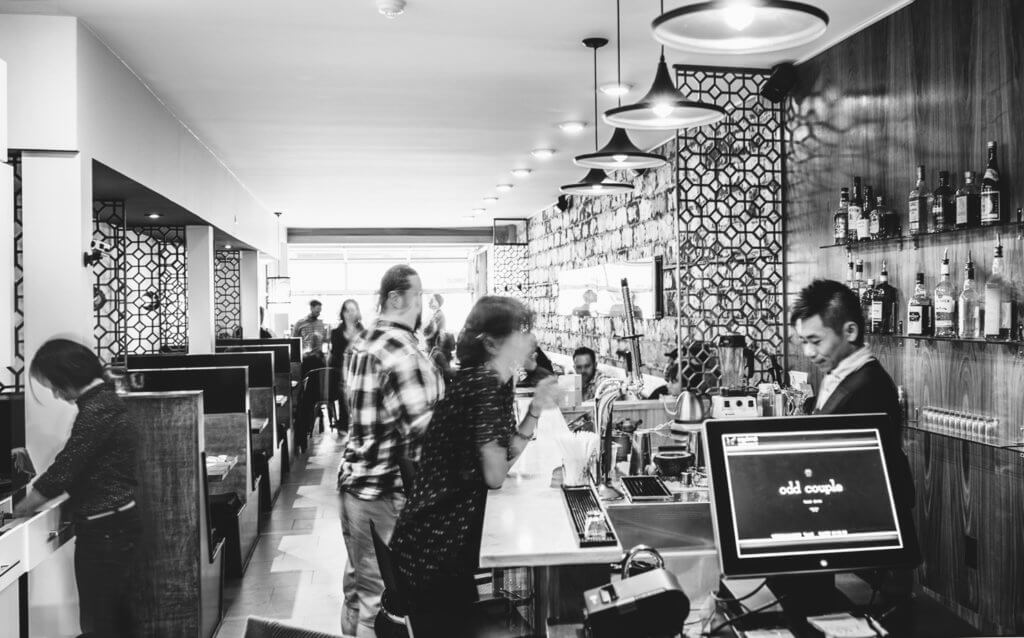
What do you remember about moving to Canada?
I remember it vividly: we arrived on March 18th,1996; it was 35 degrees Celsius below zero.
In the months leading up to the move, I hadn’t given it much thought – Canada felt so distant. It wasn’t until the last three weeks that I realised moving meant giving up all of my friends, including my first girlfriend. I didn’t want to go.
During our first two months in Canada, I spent a lot of time on the phone back to Hong Kong. Our phone bills were in the thousands – to say my parents were concerned for me is an understatement. They bought me a plane ticket to go back to Hong Kong for that July.
I didn’t know it then, but at the time, my father was down to his last $500. I felt terrible when I found this out many years later.
It took me almost two years to feel better – to realise I belonged in this new, cold place. Unsurprisingly, that feeling coincided with me no longer having to translate English in my head. I began to think and answer in English, but when I spoke to my parents or grandma, I could still speak Chinese. It was a defining, transformative moment.
“…Fluency and understanding was always a challenge…I was immersed in the culture more than they ever could be.”
Was it any different for your parents?
It was harder for them because they weren’t as educated as me. They spent most of their time in the restaurant, where they spoke Chinese with my uncle all day. My father never learned to speak English. My mom was a little better but never read in English, so fluency and understanding was always a challenge. I had the advantage of going to school here. I was immersed in the culture more than they ever could be.
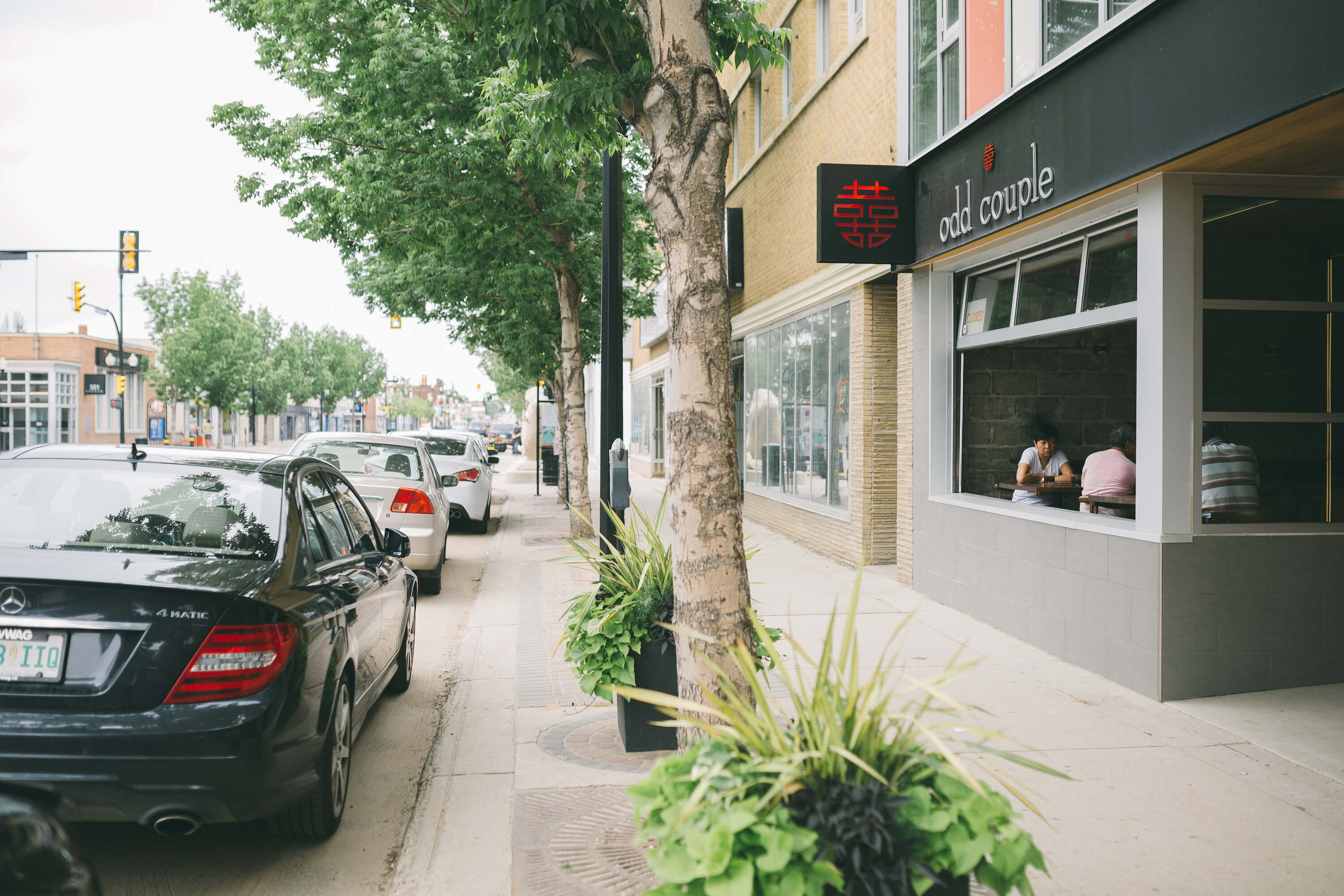
What inspired you to found Odd Couple?
I studied engineering at the University of Saskatoon, which is where I met my friend Curtis. We drank together, often at an English-style pub that served both alcohol and food – something that Chinese restaurants weren’t known for. I thought, ‘What if people could eat Asian food with a pint?’
This observation planted the seed for Odd Couple, although the idea lay dormant for many years. Both Curtis and I went separate ways to work as engineers.
Years later, he owns our building, my parents work in the kitchen at Odd Couple, and my wife Rachel and I run the front of house together.
Apart from the old pub, I was inspired by the fact that no one in Saskatoon was doing anything creative or modern with Asian food. Saskatoon’s Asian restaurants were all from my parents’ generation, and their outlook reflected that. They were still concentrated on survival and didn’t necessarily use the best ingredients if cheaper alternatives were available. Even though I was working full-time as an engineer when that market slowed down, I saw scope to do it better.
Before Odd Couple, my father and I had run a small take-out called Chopsticks, but we had to sell it; my father was getting older, and the commute was becoming untenable. After we sold Chopsticks in 2013, Curtis, who was now working as a property developer, said he had a building I should look at. He encouraged me to open a restaurant there, so I did.
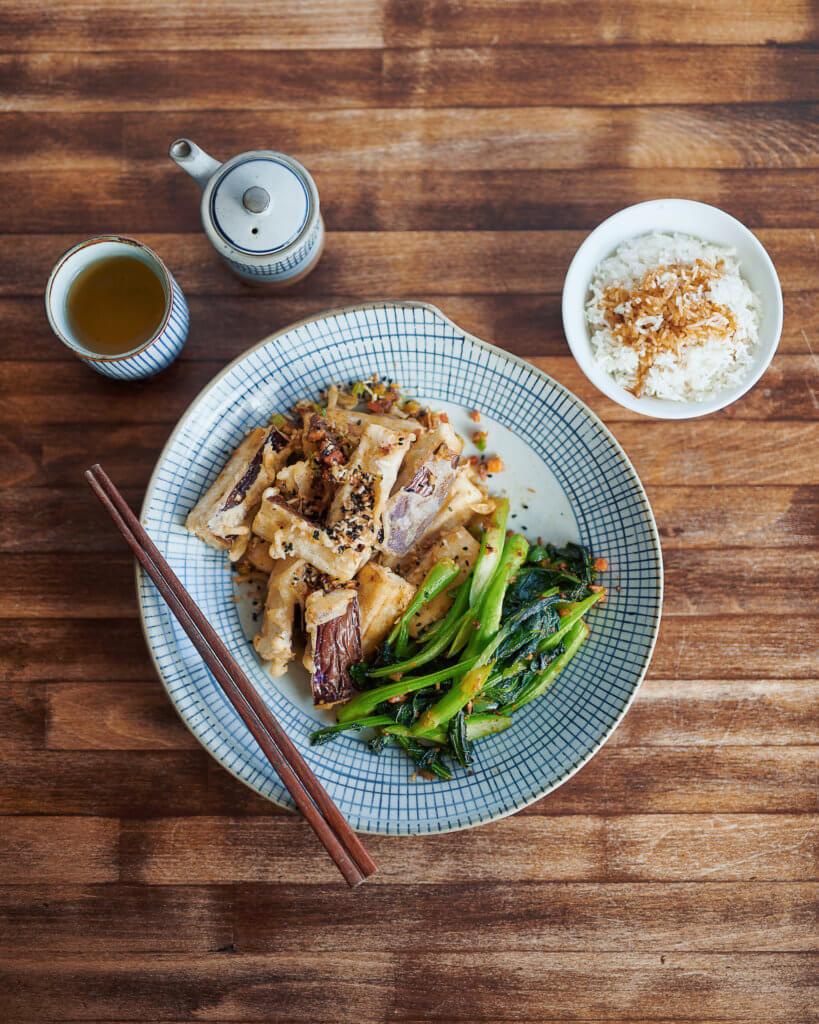
Do you identify as Canadian or Cantonese?
I’ve been back to Hong Kong every year, but I call Saskatoon home. I’m a proud Canadian prairies man who identifies with all the good things about Canada and Hong Kong.
Canada is a young country where there are First Nations people, and then there are immigrants, like our family. Since we came, many more immigrants have come from the Philippines and elsewhere. Canada embraces them all.
“Immigrants have a lot of expectations to live up to. They also see differences that people who have lived in one place their entire lives don’t.”
Why do you think there is such a strong precedent for entrepreneurship among immigrants?
My family is entrepreneurial out of necessity. They had spent a lot of money and energy immigrating. From their perspective, it was vital that they work hard and save as much as they could to do it justice.
Immigrants have a lot of expectations to live up to. They also see differences that people who have lived in one place their entire lives don’t. For example, some immigrants see opportunity in a service that works in their old country but isn’t offered in their new home.
[ms-protect-content id=”4069,4129″]
How is immigration tied to the Canadian identity?
Immigration is fundamental to how Canadians interact with each other and the world because unless you are First Nations Canadian, you are an immigrant at some point.
“The other side of sustainability is innovation – developing dishes and sourcing better ingredients. Last week, planning new dishes gave me two sleepless nights, and on Tuesday and Wednesday, I was visiting farms to try my hand at harvesting canola seeds for the first time.”
Will a third generation of Yuens work in the Canadian restaurant industry?
I don’t know – that’s the honest truth. We want to run Odd Couple for as long as we enjoy it. We’re open six days a week, we have 52 seats in our restaurant, and every day is a race. It’s much bigger than us now: my chefs and my two young cooks all have children.
The key to our future lies in sustaining long-term relationships with the people we depend on. They are the same people who depend on us. I’d like to keep this going forever, and doing so is my main entrepreneurial challenge. The importance of maintaining symbiotic relationships in business applies globally. It doesn’t matter whether the business is a doctor’s office, a restaurant or a coffee shop.
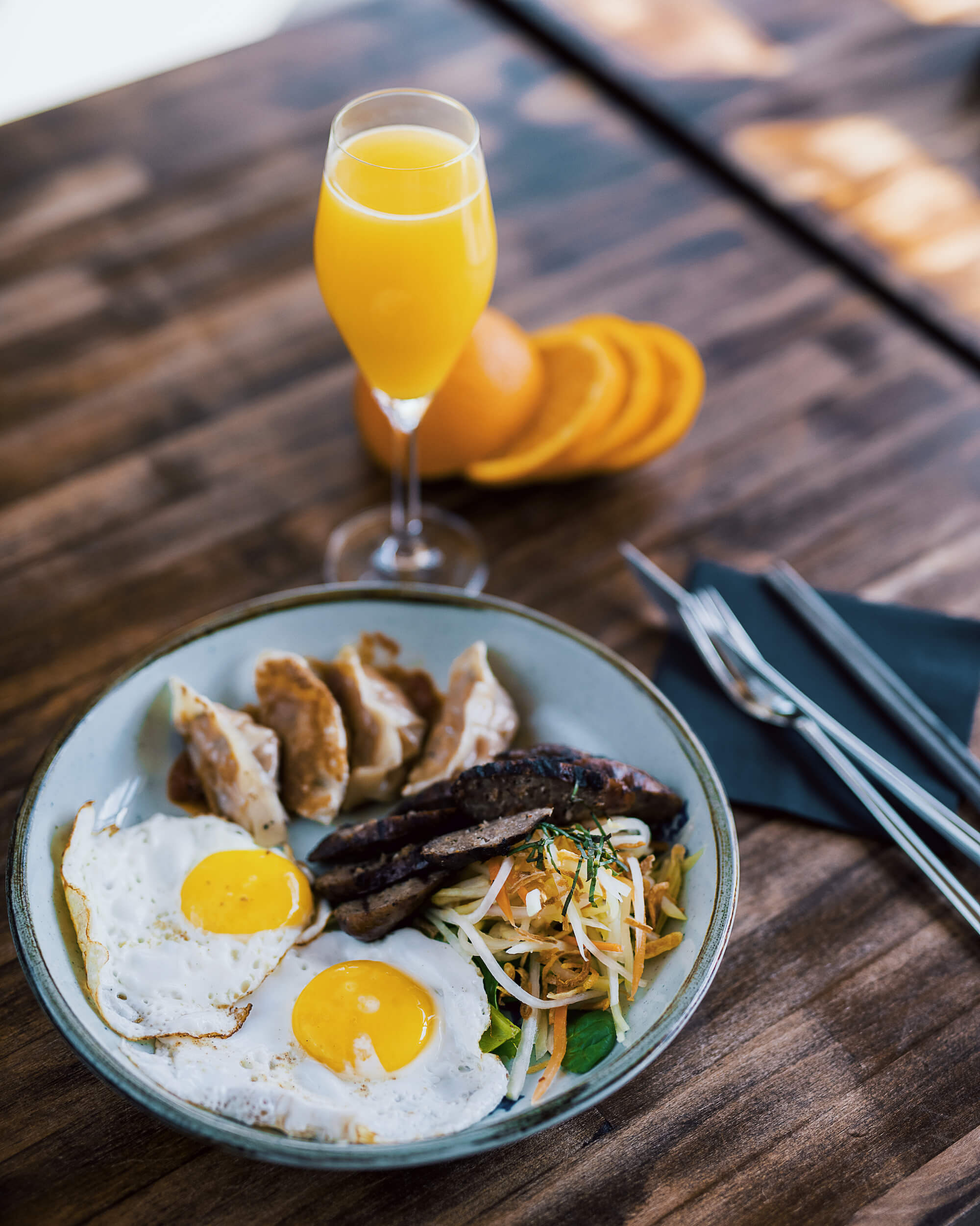
The other side of sustainability is innovation – developing dishes and sourcing better ingredients. Last week, planning new dishes gave me two sleepless nights, and on Tuesday and Wednesday, I was visiting farms to try my hand at harvesting canola seeds for the first time.
This is the fun part – the excitement of running a restaurant. However, there is also sacrifice. One day, that sacrifice might become too much for us. I don’t think I’m prepared to keep on making it if the economic returns become impractical.
Luckily, I still have my engineering license, and my wife is a qualified accountant. We can fall back on our professional training if we need to. For now, though, I want to keep learning, further developing our cuisine using local Saskatchewan products with the goal of delivering a unique dining experience to our customers. I’m proud of both where I come from and where I am; it’s the synthesis that makes it all possible.
[/ms-protect-content]


